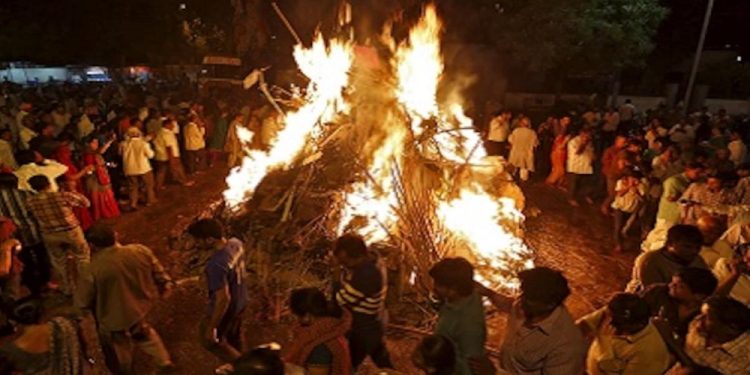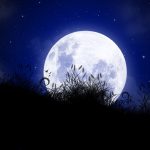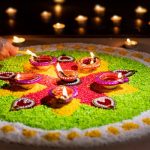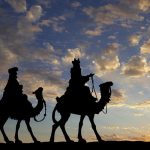
Holika Dahan
Throughout history, different cultures have created holidays that celebrate the universal idea of good conquering evil. In Germanic cultures, Yule was celebrated to honor this idea, and in Ireland, Imbolc celebrated light conquering the dark. In the Hindu religion, there are several holidays that celebrate this concept of good versus evil or light versus darkness.
Diwali — or the Festival of Lights — is perhaps the most well-known holiday in that culture, but there’s also a holiday that’s not as well known around the world, and that holiday is Holika Dahan. This holiday celebrates the burning of an anti-god known as Holika. It’s a classic good versus evil celebration that just about everyone can appreciate.
The Legend Behind This Holiday
Hiranyakashipu was a king and an Asura who had the desire to achieve immortality. In service to this end, he performed a number of austere meditations known as Tapas and, as a result, he was granted a boon by Brahma. This boon granted the king five different powers.
The first power was that he couldn’t be killed by a human or an animal. The second was that he couldn’t be killed indoors or outdoors. The three other powers granted to him were that he couldn’t be killed at day or night, nor could he be killed by projectiles or by handheld weapons.
After he was granted his wish, he felt invincible, but he also allowed himself to be filled with arrogance. The king then decreed that he should be worshiped as a god. Although he severely punished anyone who stood against him, his son Prahlad severely disagreed with his father and refused to worship him as a god. Prahlad instead continued to worship Lord Vishnu.
Hiranyakashipu grew very angry and made several attempts on Prahlad’s life. During one of these attempts, he enlisted the help of his sister Holika. She had a special cloak that prevented her from being harmed by fire, so Hiranyakashipu asked her to sit on a bonfire with Prahlad by tricking him to sit on her lap. As the fire raged, however, the garment flew off of Holika and covered Prahlad. As a result, Holika burned to death, and Prahlad was saved.
To deal with Hiranyakashipu, Vishnu assumed the form of Narasimha (a half-lion, half-human divine avatar). He then took Hiranyakashipu to a doorstep, placed him on his lap, and eviscerated him with his claws. This allowed him to bypass all of the king’s five boons and kill him. Saving Prahlad and humanity from Hiranyakashipu and Holika is now seen as a victory of good over evil.
How Holika Dahan Is Observed
The night before this celebration, pyres are burned across Northern India, Southern India, and Nepal. It’s customary for young people to take a variety of objects and place them in the Holika pyre. People also gather in each other’s homes to enjoy drinks and seasonal foods such as gujiya (a sweet-fried dumpling), and malpuas (a dessert pancake). People also use the holiday to repair broken relationships.








